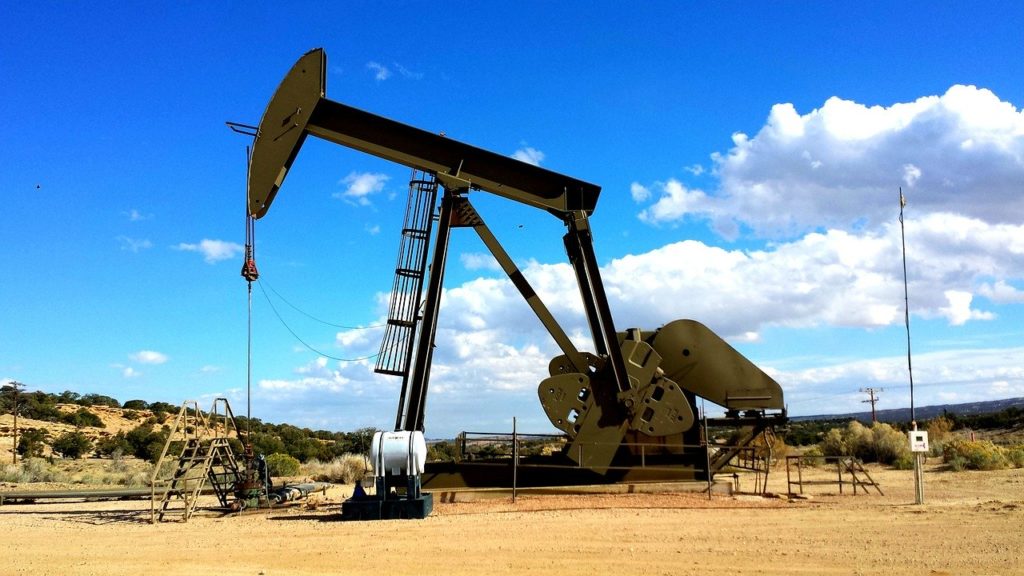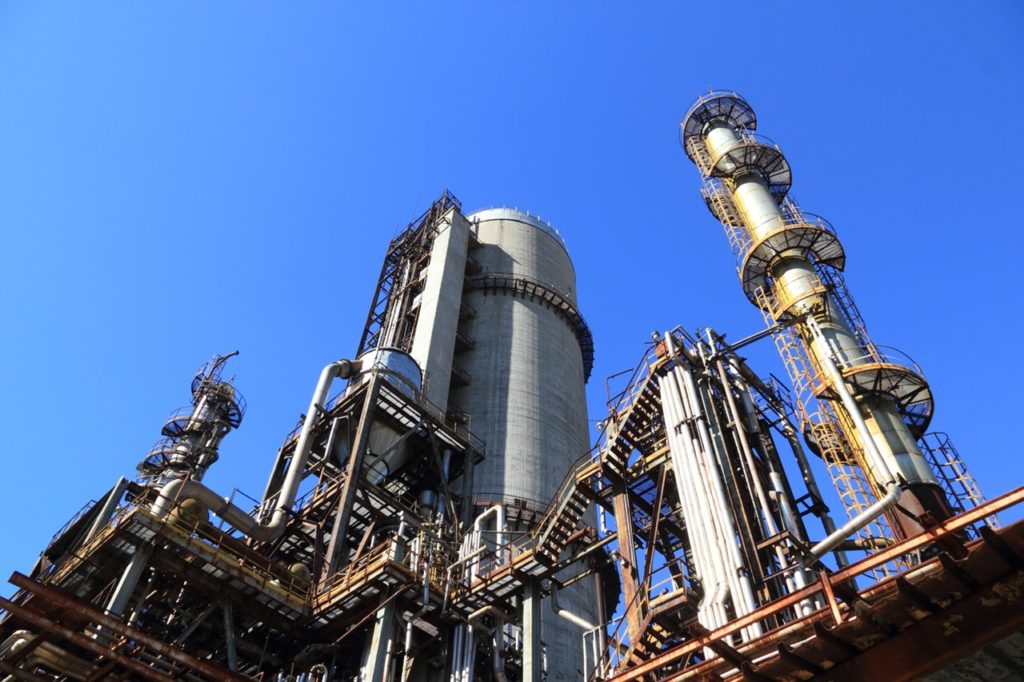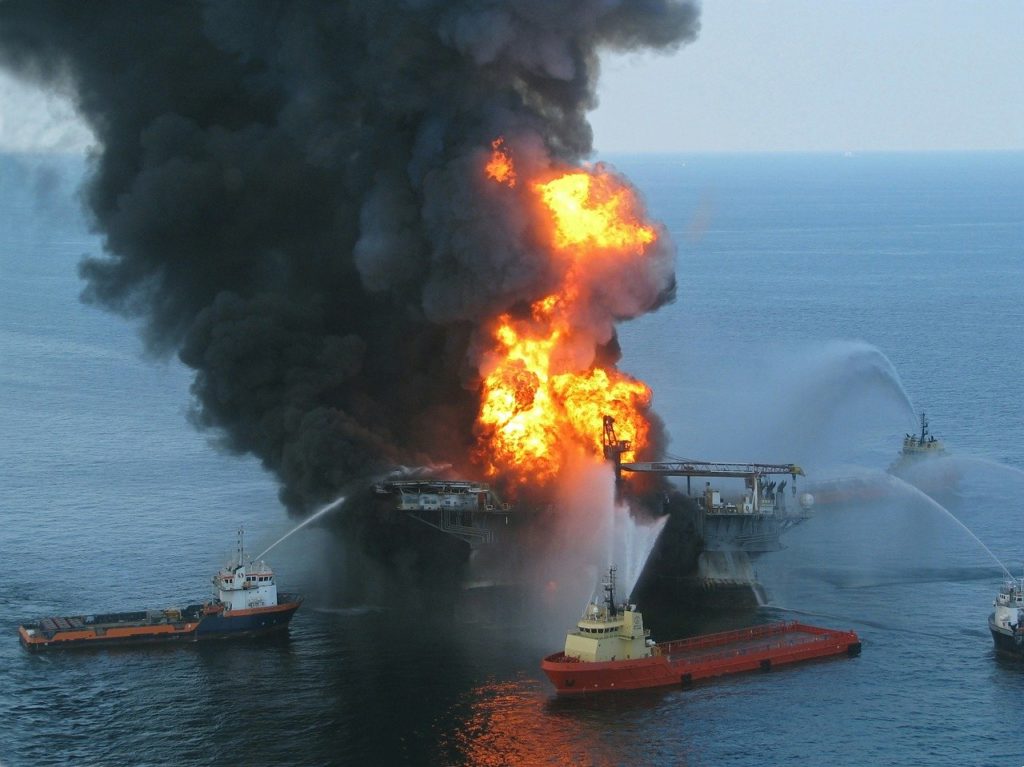Looking to find out what the role of a mechanical engineer in the petroleum field is? We have put together what we think is a comprehensive look at what their career looks like, read on!
First, if you’re looking to launch your own blog and start writing articles yourself, no matter what the subject, you can launch your blog with Bluehost for just $3.95/month.
Start creating content and launch your blog with Bluehost.
A mechanical engineer in the petroleum field would typically be involved in the research, design, manufacture, installation and testing of mechanical and rotating parts, equipment and machinery, e.g. engines, pumps, turbines. These are all used for processing and producing oil and gas at either offshore or onshore production installations.

The primary focus of mechanical engineers is design, reliability, quality, safety and sustainability. It is vital that an emphasis is put on all activities complying with the relevant industry and company technical and safety standards.
Petroleum Industry
Working in the petroleum field is one of the highest paying occupations in America. Mechanical engineering skills are very important to get the work done in this field, and in 2012 the U.S. Bureau of Labor Statistics reported that the average salary for a petroleum engineer was $139,000. Nearly 31,000 work in the booming oil and gas industry, their duties include planning for oil and gas extraction, tool modification, production, and overseeing drilling operations.
Petroleum engineering is said to encompass “a little bit of everything”. The oil industry has two components, the service sector plays an essential supporting role, they serve as contractors for collecting samples, drilling wells, and handling the onsite equipment. The major players in this field are Halliburton, Baker Hughes and Schlumberger.
The second sector is made up of the operating companies, such as Shell and Chevron. They sell the products around the world, operate the wells and hire the petroleum engineers. In this job you can be based anywhere in the world, depending on the locations that possesses satisfactory oil resources.

There is a high concentration of jobs in Oklahoma, North Dakota, Texas, California, Alaska and Louisiana. Some interesting drilling projects are located in challenging environments such as the North Sea, Arctic offshore, Alaska’s North Slope, and the deep water Gulf of Mexico.
Job Description
Working as a mechanical engineer in the petroleum industry is not a good for for person who is afraid to take risks. One of the primary job responsibilities is advising leaders of the corporate world on the best locations to place an oil rig. This is known as speculative oil drilling, and choosing the right place can be quite challenging.
Oil resources can be found as deep as 20,000 feet under the earths surface, it is the mechanical engineers duty to test the ground surface and analyse the data collected to choose, with the greatest amount of confidence possible, the best possible drilling location.

Once the mechanical engineer has selected the site, they oversee the construction of the oil rig, ensure that the project goes smoothly and makes suggestions/recommendations about the quantity of oil that is possible to be extracted.
Once the drilling has ended, the mechanical engineer oversees the disassembly of the drilling equipment, and also ensures that the drilling site is without any waste left over.
Mechanical engineers in the petroleum field work long hours and they generally spend the majority of their time in the field.
Responsibilities/Duties
A short list of the responsibilities that are bestowed upon a mechanical engineer in the petroleum field are as follows:
- Monitoring the performance of the mechanical systems
- Undertaking general project engineering activities and studies
- Specifies and designs new or replacement equipment
- Reports to management regarding any breaches of safety procedures
- Oversees operations to ensure that they are safe, environmentally responsible and reliable
- Develops procedures relating to design, mechanical operations and maintenance
- Provides engineering and technical support, and guidance to on-site or offshore teams
- Prepares plans and budgets for modifications or specific studies, and manages the cost control process
- Oversees activities to ensure they comply with the relevant company/industry standards and codes
- Promotes and participates in company health and safety campaigns, procedures and policies, also takes responsibility for the personal safety of their colleagues at all times
- Participate in in-depth studies/analyses of issues, and identifies long-term options and/or solutions
- Aids production installations with maintenance planning, troubleshooting activities and delivery
- Assists with the specification and ordering of equipment and materials, and testing and inspection activities
Industry
It is the mechanical engineers duty to support the plant equipment both offshore and onshore, to make sure that it remains productive and efficient. They can work for a variety of companies, including major engineering contractors, engineering consultancy and operators who own or manage production installations.
A mechanical engineer in the petroleum field will work as part of a larger engineering team, using expertise and knowledge derived from their own experience as well as that of others, another way of improving their knowledge is by taking courses online on a platform like LinkedIn Learning. Here you can undertake courses in up-to-date technologies and stay ahead of the curve, and the first 30 days are free!
Working closely with other engineering disciplines (such as instrumentation, electrical, process and construction engineering), will be involved to maintain the highest standard of work. Mechanical engineers will often visit production installations, but they will primarily be based in onshore offices.
One of the major benefits of working as a mechanical engineer in the petroleum field, is that mechanical engineers in the petroleum industry earn the highest salary out of all engineering disciplines. In 2017, the average annual pay was $63.60 an hour, or $132,208 per year. The top 10% of mechanical engineers in this position made over $208,000 per year!

Staying in this field is associated with great working conditions and increased wages, mechanical engineers newer to the field will spend the majority of their time on-site handling the heavy work for their experienced counterparts. A mechanical engineer in the petroleum industry that has 6 to 12 years of experience, then transitions to higher level work mostly in an office environment. Veteran engineers then advise organisational leaders and manage the newer staff.
Petroleum Engineer vs Mechanical Engineer
Petroleum engineers and mechanical engineers both work towards developing new technologies that make our modern-day lives possible. Their salaries, career outlooks and main focuses are quite different however, and will be compared below!
Both petroleum engineers and mechanical engineers work to improve people’s lives through innovation, in oil production and for example the automotive industry. While they both will design products, the purposes of these products could not be more different.
Responsibilities
Finding oil and natural gas reservoirs is a primary focus for petroleum engineers as well as efficiently collecting the fuel. Mechanical engineers, comparatively, build machines that can run on traditional fuel, natural gas and electricity. Both are required to research new ideas, be innovative and both are tasked with producing goods/products in a cost-effective manner.
Petroleum Engineers
Petroleum engineers design drilling machinery, including new drill bits and drills, in order to help extracting petroleum from the Earth. They work in teams with geo-scientists to locate geographic formations that lead to locations that may possess fuel reserves.
They create a plan to drill at this location, in hopes of creating as much profit for the oil and gas company as possible. If they are unsuccessful or do not reach their targets, they can carry out a pressure transient analysis and discover where they went wrong.
Some job responsibilities of a petroleum engineer include:
- Putting water and gas through wells to push more fuel out
- Dealing with problems related to production, including maintenance
- Installing drills, pumps, and wells on location at oil and gas fields
- Working with government agencies to regulate gas and oil purity and production
Mechanical Engineers
Mechanical engineers focus on machines and devices that people encounter and use daily. The parts and tools mechanics use, as well as complex engines and vehicles are designed by mechanical engineers. Escalators and wind turbines are also larger items that they design mechanical systems for.
Computer Aided Design (CAD) software like AutoCAD, Revit, Inventor and Fusion 360, help mechanical engineers to analyse simulations and make a decision on whether their design works efficiently and safely. Additionally they should also be familiar with thermodynamics and energy occurring in these machines to be able to research thermal and mechanical sensors to include in their designs.
Some job responsibilities of a mechanical engineer include:
- Creating a working prototype to show shareholders
- Overseeing the manufacture of machines and products to ensure that they meet design specifications
- Advancing aerodynamic and suspension properties of vehicles
- Developing solutions to problems and redesigning products to reflect these changes
Thank you very much for being here – we appreciate you taking the time to read our content. If you have anything to add, please feel free to leave a comment down below, and sign up to our newsletter for more of the same!
You can also follow us on LinkedIn, Facebook, Twitter, and Instagram so you can stay up to date.



